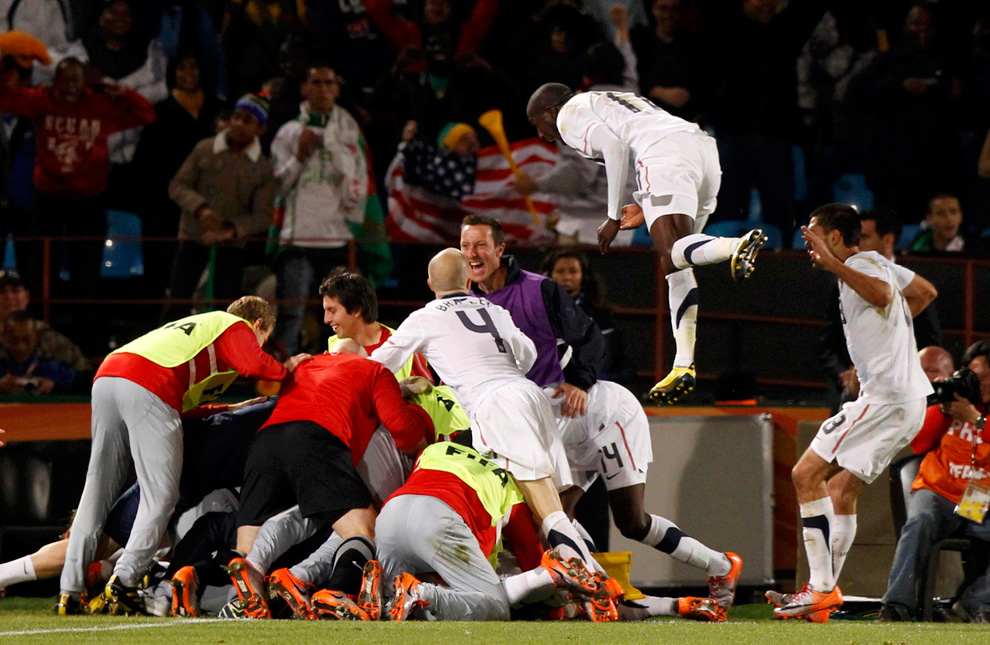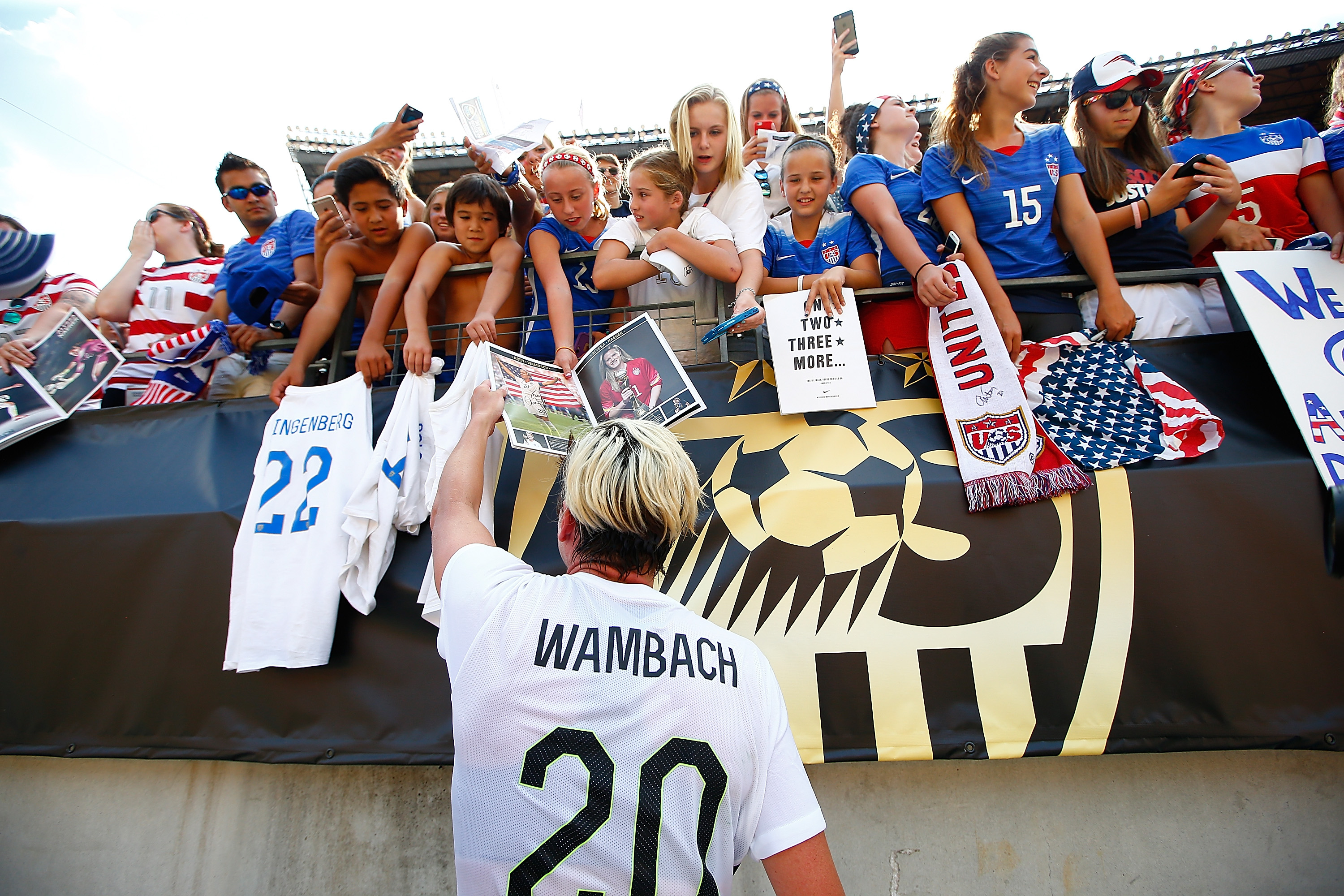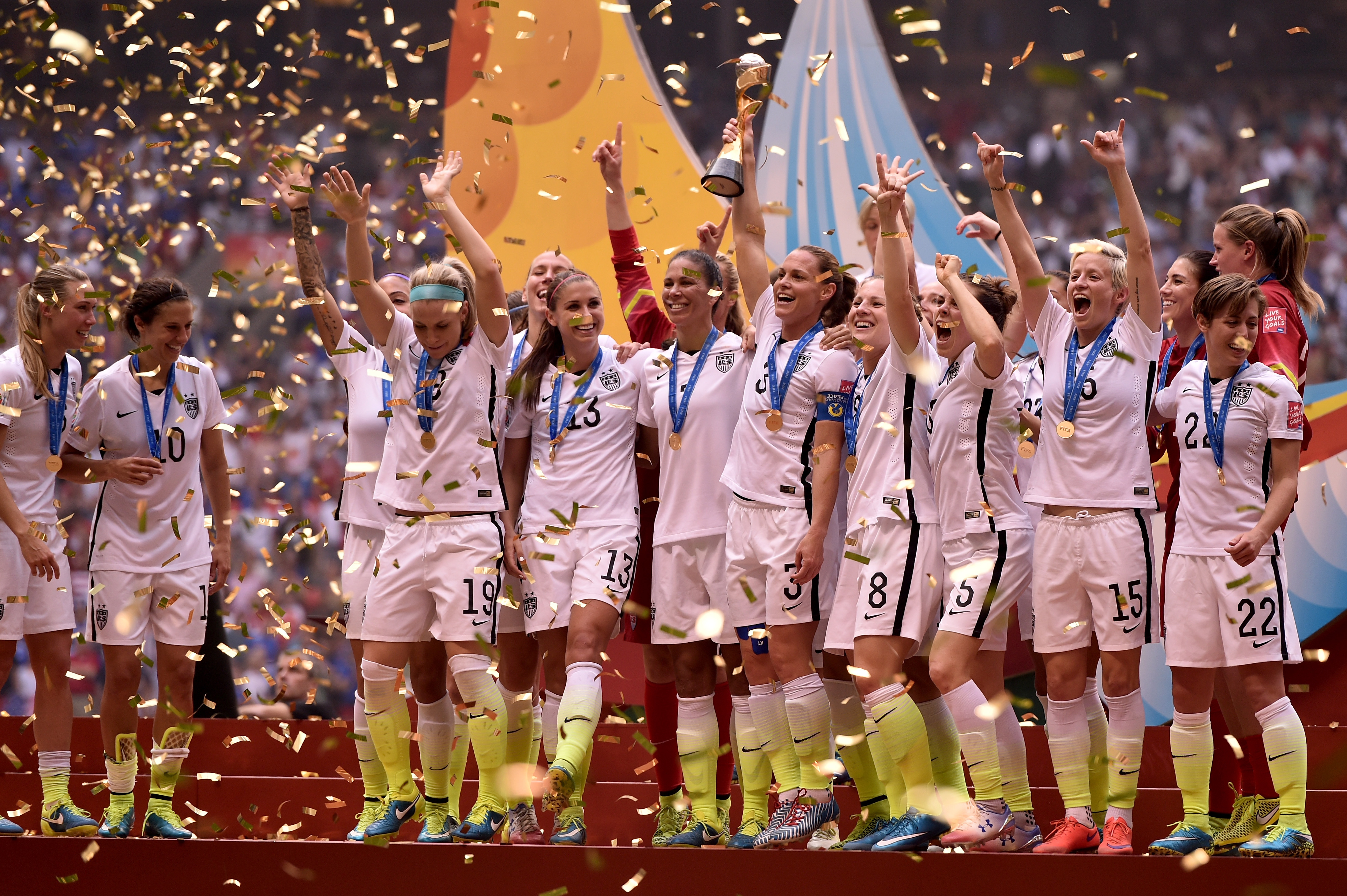Ever since winning the World Cup in 2014, there has been a five foot seven hole in the Germany defense. The retirement of Philipp Lahm was seen as something of an end of an era by some fans. But for Joachim Löw, it was seen as the beginning of a problem. From August 2014 onward, the German National team have been riding one long slump, even though they finished as group winners in their qualifying campaign, the road was anything but smooth.
Germany’s defense has been a major source of concern, and Löw’s search for a replacement for the irreplaceable Lahm has been largely unsuccessful. The absence of the former captain hasn’t been the only issue either. Benedikt Höwedes, who adeptly played the left-back position in Brazil has been dealing with injuries for most of his season. His inclusion in the Euro squad is hardly a guarantee.
Bayern… Germany… same thing. The back line cannot keep up without Boateng.
— Bayern Central (@bayerncentral) March 26, 2016
It has seemed at times that the only two defenders that have been able to play consistently well are Mats Hummels and Jerome Boateng, and even then, Hummels has had some struggles early this season at Dortmund and Boateng is currently out with a groin injury. The form and health of these two players will be astronomically important to Germany’s chances in France.
For Germany to have a chance to win in France, they’ll need stability at the back, something they’ve been lacking since Brazil. Part of that is Lahm’s leadership, as well as Löw’s insistence on squad rotation. The second half in Saturday’s friendly against England saw the debut for Jonathan Tah. His debut didn’t go as well as he hoped, but the four players across the back had all never played with each other prior. Confusion obviously followed, as England scored 3 to win the game.
Boateng and Hummels playing together will solve some of this, the two players have a combined 102 caps for Germany, add in a possible healthy Höwedes and that number jumps to 134 combined caps.
Right-back is going to be Löw’s biggest headache. Emre Can, who played 90 minutes against England, hasn’t looked comfortable in the position. He’s been beaten defensively and he doesn’t have the same instinct going forward that Lahm had. Can might not be the answer, but Löw doesn’t have as many options as he would like.
A rumor came up that the one time Brazilian and current Bayern Munich man Rafinha would be a possible solution once he secured his German passport. But according to an article in Kicker (story in German), Rafinha seems unlikely to play for the German National Team. His time spent with Brazil’s U-20s in 2005 seems to be keeping him from putting on the black and white of Germany.

ST GALLEN, SWITZERLAND – JULY 25: Matthias Ginter of Dortmund controls the ball during the friendly match between Juventus and Borussia Dortmund on July 25, 2015, in St Gallen, Switzerland. (Photo by Daniel Kopatsch/Getty Images)
It’s likely that Löw will look elsewhere for a solution to his right-back problem. Matthias Ginter has been having a terrific season for Borussia Dortmund and is familiar with Mats Hummels. Ginter has been very good going forward this season. Ginter could be a good choice to provide the type of link up play and overlapping runs that would benefit Germany. It’s also not out of the question that versatile Bayern Munich defender Joshua Kimmich could fill in here, but that might be asking too much of someone without a senior squad cap yet.
Löw’s biggest problem might be his own stubbornness, however. Despite Can’s recent performances he has been a fairly regular fixture in Germany’s defense. So if Ginter and maybe even Kimmich might be a better option in the immediate, Can still has to be considered for the starting job.
If Germany is going to win their fourth European Championship they’ll need a functioning back-line that is comfortable playing together. Hummels and Boateng will be fine, provided Hummels remembers his 2014 form. Left-back is going to come down to Jonas Hector, who is actually having a very good season for club and country, and Höwedes. Hector is a natural full-back while Höwedes is more of a center back, but depending on how pragmatic Löw wants to be in France could determine who starts.
Right-back will be Löw’s biggest question mark. No one is going to replace Lahm. But when looking to build a organize defense as well the ability to combine with the attack, Löw should be looking at Ginter. If not, and he decides to go with Can, then the 22-year-old Liverpool man needs to show a lot more than he has recently. Otherwise, Germany’s dreams of a dynasty similar to that of Spain could be dashed.






